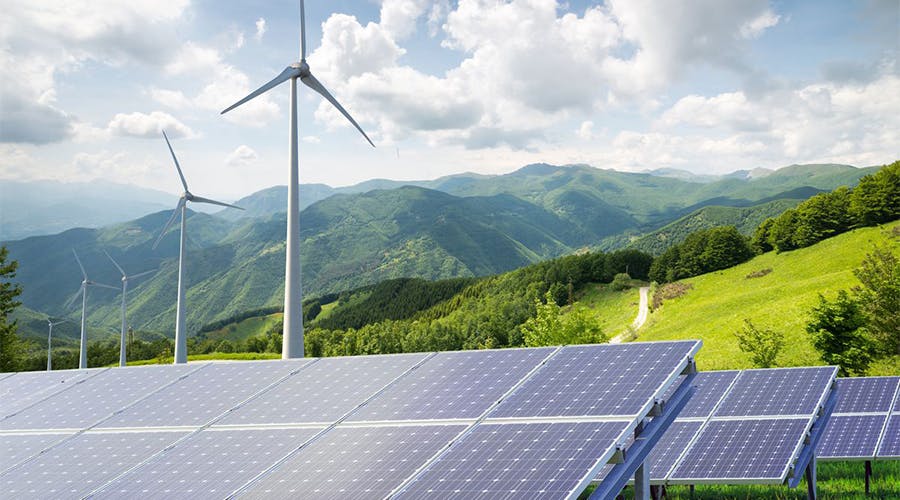
One of the most relevant topics of discussion, not just now but over the last couple of decades, has been the issue of global warming and the environment. While the world continues to move towards irreversible environmental damage, one of the criticisms of cryptocurrencies have been that they are extremely resource-intensive, and therefore are causing energy usage and emissions that are setting back years of progress on this front. This is one of the biggest reasons why many people are still not convinced by the merits of cryptocurrencies. However, there are also a number of projects where blockchain networks are being used to encourage renewable energy production and create marketplaces that can connect energy buyers and sellers. Three such projects have seen huge gains in 2021.
The first is the Energy Web Token (EWT), which is the operational token for the Energy Web Chain. Energy Web Chain is an open-source enterprise blockchain network that is designed to support the energy sector. According to its website, “the Energy Web is accelerating a low-carbon, customer-centric electricity system by unleashing the potential of open-source, decentralized, digital technologies”. It was launched in June 2019 and has since then grown to create partnerships with established global firms such as Volkswagen, Siemens and Hitachi. Its virtual machine will help connect different areas of energy sectors, such as grid operators, vendors, software developers and customers. It was listed on the US-based crypto exchange Kraken in March 2021, in a move that brought a significant spike in its price.
The next project in this list is the Power Ledger platform. It was established in May 2016 with the goal of creating an operating system that could support new energy markets for trading renewable energy commodities on a global scale. It is based out of Australia, and aims to utilise blockchain technology to create a system where every electronic device can be connected to a real-time market to facilitate transactions. It operates on the Ethereum blockchain, and utilises a two-token system comprised of POWR and Sparkz. Sparkz are stable tokens that are used when units of electricity are bought or sold on the Power Ledger platform. Trading activity for this project picked up in January, and the announcement in March that Power Ledger was now partnering with India’s largest integrated power company, Tata Power, kicked off a price rally which led to the token rallying to its highest price since 2018.
Lastly, we have WePower, which is a blockchain-based green energy platform that connects energy suppliers, producers and buyers for green energy transactions. WePower aims to create a platform that can become the easiest way for companies of any size to buy green energy directly from local producers, aiming to make corporate green energy procurement as easy as online shopping. WPR is an ERC-20 token that functions as a payment method on the WePower Network. It is used to standardize and increase the available liquidity in existing systems, and will also help reduce energy prices through this process. Trading and prices for this token began to increase around February when the Elemental retail marketplace was launched.
There is increased global attention on climate and energy production across the world, and crypto has come under the scanner as well due to its high energy consumption. Thus, such projects, which use blockchain technology to promote green energy and make it easier to optimize energy production are a welcome development, and this is a niche of the crypto space that can be expected to grow even further as time passes and concerns grow.